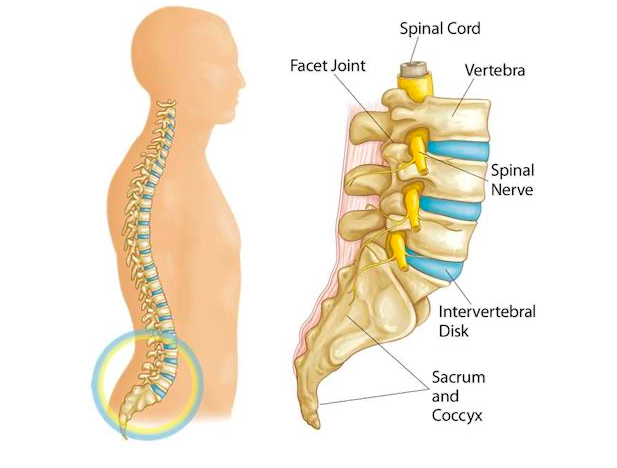3 Easy steps to solve your low back and lumbar pain
There are many reasons, as to why low back pain occurs. Here we consider the wider diagnostic considerations for why back pain can occur, and focus on the most common reasons, in order to be able to help you address your back pain and find a lasting solution. This approach has enabled us to treat and manage thousands of patients with back pain.
Top 3 most common reasons for low back pain
When we talk about ‘low back’ pain we are referring to pain which occurs in the lumbar spine. This consists of 5 vertebrae, with cartilage discs in-between. Acting as cushions.
Diagnostically there are many reasons for why low back pain can occur, all of which should be given due consideration when you are examined. The considerations, which give rise to concern are-
- Systemic – Vascular, Neurological, Metabolic, Congenital, Referred pain
- Pathological – Infective, Inflammatory, Neoplastic, Autoimmune
If your low back pain appears to be caused by any of these conditions, we would refer you for further investigations (read on for more information below).
In around 80% of cases we see, pain in the lumbar spine is due to musculoskeletal (muscle and bone) imbalances. The following considerations, are examples of the structures which can cause pain-
- Traumatic
- Physical – fracture
- Emotional – Increase tension in the body causing increased fascial tension
- Musculoskeletal
- Degenerative – wear and tear AKA osteoarthritis, leading to potential stenosis (compression of nerves)
- Muscle – main muscles in consideration – lumbar erector spinae muscles; Multifidus; Quadratus Lumborum; Latissimus Dorsi; Thoraco-lumbar fascia. This also includes tendinous insertions of these muscles
- Joint – Disc; facet joint
- Referred pain – from another musculoskeletal structure
These different causes of pain, lead to different patterns/locations of pain. The most common ones we see are listed below.
The top 3 most common types of pain we see in clinic
1. Pain across the base of the back (bilateral pain)
This is usually caused by discs, which support in-between the vertebrae (bones) of the back. When a disc tears or bulges it can cause local pain. It can also lead to leg pain (see below) In this instance, decompression of the vertebral segment (bones and disc) needs to occur in order to relieve pain.
2. Pain on one side (unilateral pain)
Pain on one side of the back is typically caused by one of the joints in the back. Since there are different nerves which provide sensation to each side, this appears as a one-sided issue. Decompression of the back or helping to move the specific joint is required to provide relief from pain.
3. Leg pain ‘sciatica’
This type of pain is familiar to many. ‘Sciatica’ refers to a pain in the back of the leg, which originates as compression of the sciatic nerve (a collection of spinal nerves) which emerges from the lumbar spine, sometimes due to a disc bulge. The nerve can also be compressed in the buttock region. Prolonged issues in the lumbar spine can cause these pains, which can be agonising. The pain is often no better for leg movements or massage, since the source of the pain originates in the lumbar spine and ‘radiates’ to the leg.

Three ways to solve your low back pain
There are a number of ways to go about solving lumbar pain. Below we explain about ways to approach a resolution to low back pain.
1. Natural resolution
Most cases of low back pain will resolve naturally by themselves. This is due to the fact that inflammation or muscular hypercontracture settles naturally over the course of time. In most cases that we see in clinic, there have been previous episodes or the same or similar pain. If episodes do not resolve naturally, episodes can escalate. This is usually the point at which patients seek our care. At that stage, not just the pain, but also the underlying cause of the pain needs to be addressed.
2. General Practitioner (GP)
Traditionally most patients would have sought the opinion of their GP when a particularly painful episode of low back pain started. This would have involved an examination and neurological screen to assess what the source of the pain may be. It is becoming increasingly challenging to secure a face-to-face appointment with your GP. We see many patients who have been unsuccessful in receiving the level of care they would have liked. In instances where the underlying cause of the pain is more complex, it is our job to identify this and refer where necessary. GP’s are very skilled practitioners, although they are not musculoskeletal experts, so the underlying cause of any recurrent pain is not necessarily the focus of the examination or care given.
3. Conservative care
There are a multitude of different options available to help yourself. Starting with stretches, available on Google, Youtube etc. Dependent on the source of the pain, these may be highly successful in addressing the current episode of pain.
Should you decide to go down the route of seeing a practitioner to assess and treat your low back pain, you may seek the opinion of an osteopath, chiropractor, physiotherapist or another conservative healthcare practitioner.
We are used to seeing patients who have tried multiple other options first. We get calls every day from patients who have tried all of the above options including seeing other practitioners and just want a solution. This is the point at which we can help.
We use thorough assessments and gentle treatment methods to address not just the pain, but also the underlying cause of why pain has occurred. This is why we have the reputation we have in solving these issues.
Next steps to solving your lumbar pain
This depends on at which stage you are at – you can try all of the above. When you come and see us, we can promise to deliver:
1. A diagnosis
Every plan should start with a diagnosis. This is the primary focus when you come to see us. We will conduct the necesarry tests in order to ensure you get the best care possible.
2. A constructive management plan and care
The vast majority of patients get better due to our care. Due to the number of considerations outlined above, in some instances it is necessary for us to refer you in order to help. We will provide the care you need to guide you through that if necessary.
3. Five star level of care
This provides a cost effective solution to your issue, which is why we are proud to boast a 5 Star level of care. Please read the reviews left by our patients below.
This guide is not exhaustive, but provides an outline guide as to the quickest way to solve low back pain. We are happy to answer any questions you have. Please get in touch with us to discuss you case free of charge, by clicking below.

